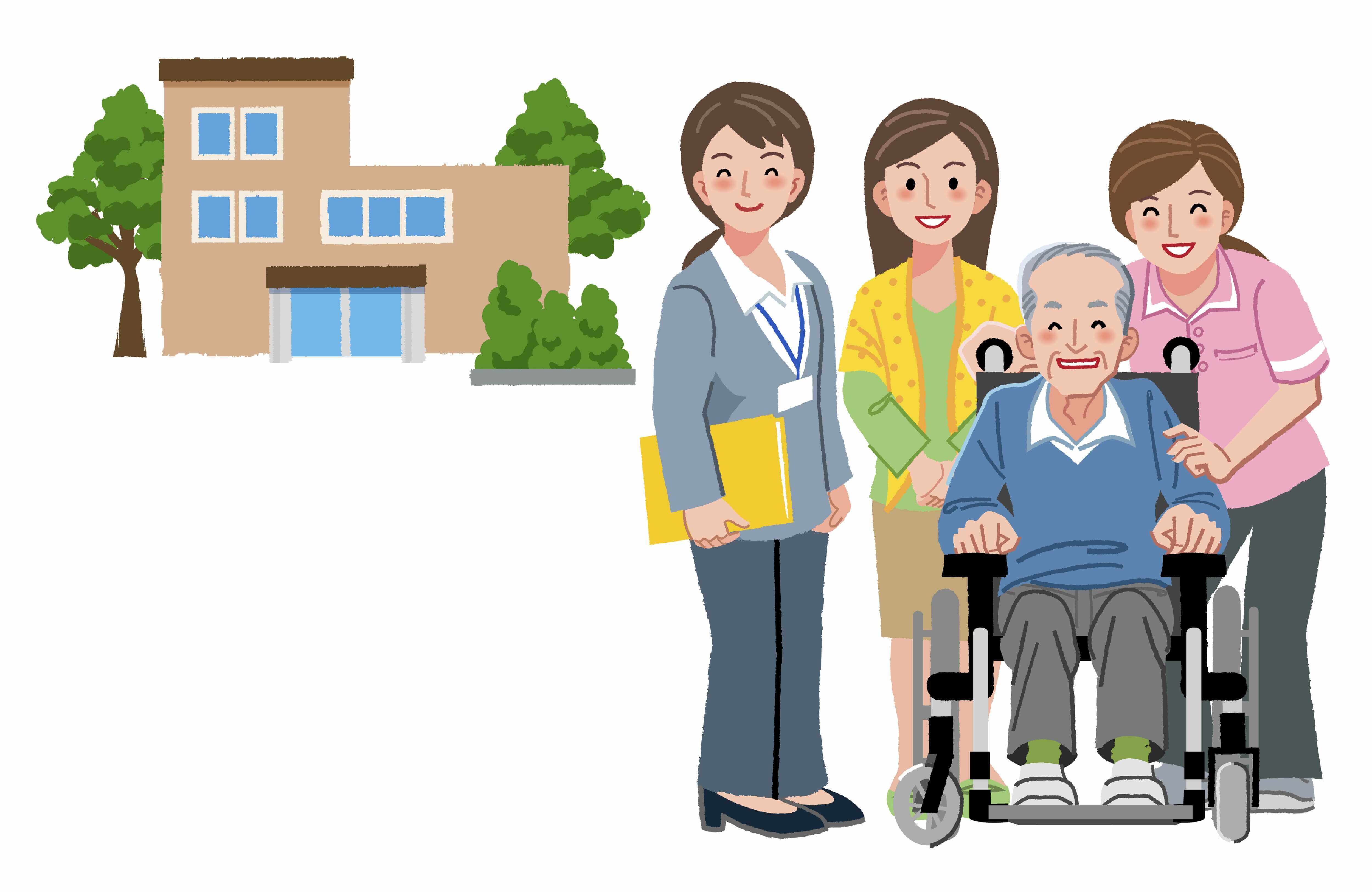Family Caregivers Who Support Older Relatives Are On The Rise Due To Aging-in-place Preferences

The number of family caregivers who support older relatives in either home-based or residential care settings increased by 32?tween 2011 and 2022 — a sharp rise that can be attributed to an increase in the number of caregivers living with recipients. Researchers also say this could be partially tied to rising preferences for aging in place.
This is according to a joint study from the Johns Hopkins Bloomberg School of Public Health and the University of Michigan’s Institute for Social Research. Additional support came from the National Institute on Aging, a division of the National Institutes of Health (NIH).
The raw number increase went from 18.2 million in 2011 to 24.1 million in 2022. The study also found that the number of care hours provided by family and other unpaid caregivers increased by 50% during that time. The average number of weekly hours for such care stood at 21.4 in 2011, but it jumped to 31 in 2022, nine hours short of what is widely considered a full-time weekly work schedule.
The data for the study was sourced from the National Health and Aging Trends Study (NHATS) and the National Study of Caregiving (NSOC) from 2011 and 2022, according to information shared by Johns Hopkins about the methodology and findings.
“NHATS interviews a representative group of older adults enrolled in Medicare each year about their daily activities, while the NSOC gathers information annually on unpaid and family caregivers,” the institution explained. “The study included samples of older adults who received help with self-care, mobility, or household activities for health or functioning reasons, and the family or unpaid caregivers who assisted them.”
Roughly 12% of unpaid caregivers in 2022 were friends, neighbors or otherwise not directly associated with the family of the care recipient. The remainder said they were relatives. By 2022, caregivers were also more likely to be younger, better educated and male than the data indicated in 2011.
As aging in place has become more popular with older adults and their families, there could be a tendency to take the availability of family caregivers for granted without consideration to the impacts that caregiving has on their own professional prospects, the researchers said.
“With an increasing emphasis on value-based care and aging in place, there is often an assumption that family caregivers are available and have the capacity to provide needed support,” the study said. “The researchers recommend that policymakers develop strong support systems for family caregivers.”
There is more targeted support for family caregivers under certain situations including through Medicaid waivers, a Medicare hospice benefit and state-level paid family leave policies. But researchers “advocate for a cohesive national strategy to address caregivers’ financial, emotional, and physical challenges.”
Late last year, Johns Hopkins published another study suggesting that the integration of health, social services and community-based support systems must be improved to better accommodate the desires of older Americans to age in place in their homes.
In early 2024, researchers from Rutgers University found that home-based care is a leading outcome for older Americans who seek to age in place. The results of this academic work may shed light on broader considerations, leading more older Americans to seek out certain end-of-life care paths, particularly as the U.S. population grows older more quickly.


